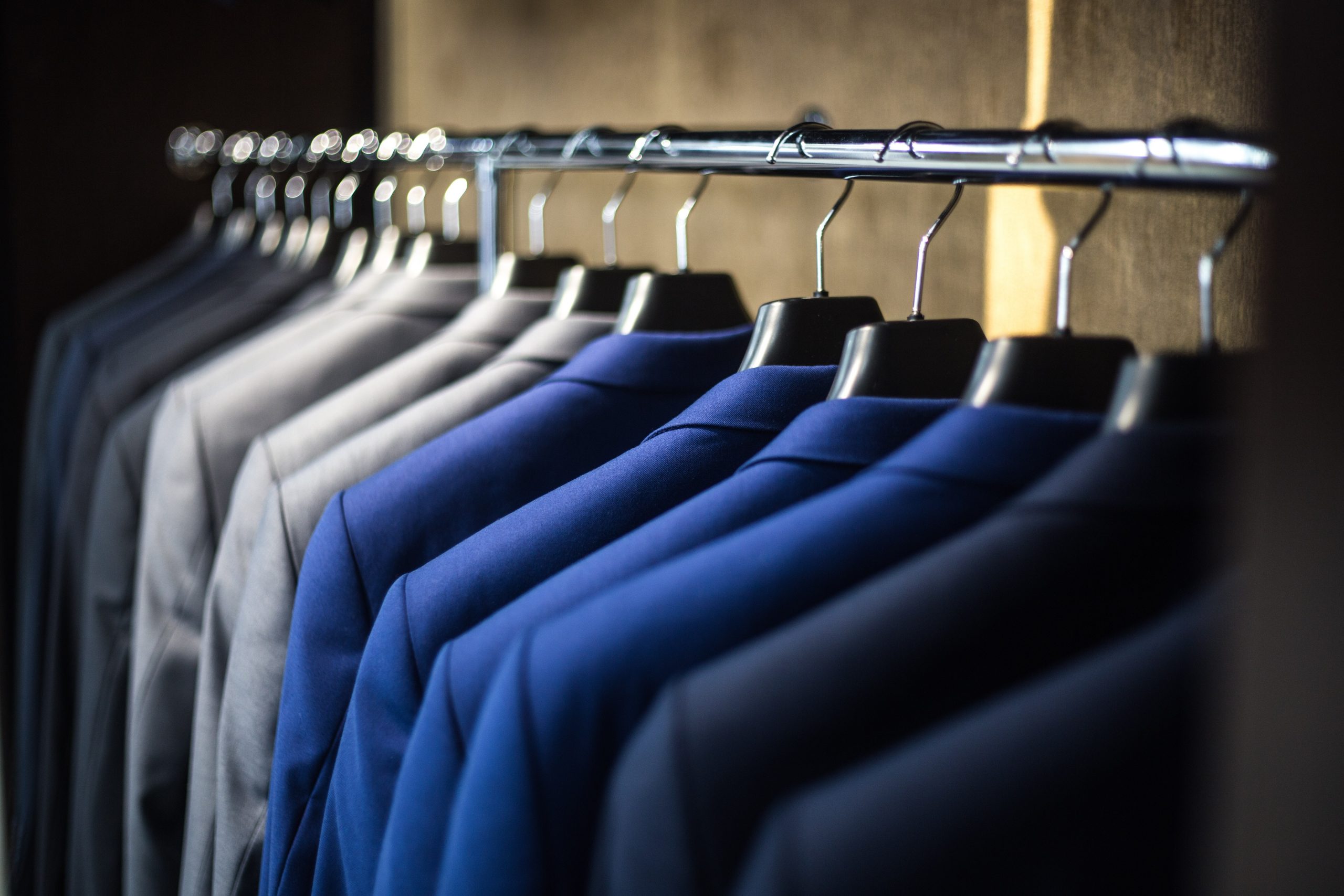The Evolution of Wedding Dresses: From Tradition to Modern Trends
Dresses / / May 16, 2023

Wedding dresses are the centerpiece of every bride’s special day, symbolizing love, beauty, and the beginning of a new chapter. Over the centuries, wedding dress styles have undergone a remarkable evolution, reflecting cultural influences, fashion trends, and societal norms. From traditional white gowns to avant-garde designs, the journey of wedding dresses showcases a fascinating blend of history and modernity. In this article, we will explore the evolution of wedding dresses from ancient times to contemporary trends, highlighting the shifts in style, symbolism, and societal values.
Ancient and Medieval Wedding Attire
In ancient civilizations, wedding attire often differed from what we now recognize as traditional wedding dresses. Ancient Greeks and Romans adorned brides with tunics or robes of various colors, symbolizing fertility, purity, and prosperity. During the medieval period, brides wore richly embroidered gowns made from luxurious fabrics, with elaborate headpieces and veils to signify their social status. These early wedding outfits were more practical and often served as formal attire for other occasions after the wedding.
The Influence of Queen Victoria
The 19th century saw a significant turning point in wedding fashion, thanks to the influential choice of Queen Victoria. In 1840, Queen Victoria married Prince Albert of Saxe-Coburg and Gotha wearing a white satin gown, bucking the trend of brides wearing their best dresses in various colors. Her choice of white symbolized purity and innocence, capturing the public’s imagination and setting a new standard for Western wedding attire. After her wedding, white wedding dresses became a symbol of elegance and purity for brides worldwide.
The Roaring Twenties and Beyond
The 1920s brought a dramatic shift in wedding dress styles with the advent of the flapper era. Dresses became more relaxed, with dropped waistlines, shorter hemlines, and beaded embellishments. This shift represented the spirit of women’s liberation and a break from the constraints of the Victorian era. Following World War II, wedding dresses evolved to embrace femininity and elegance, with designs featuring hourglass silhouettes, sweetheart necklines, and full skirts.
The Influence of Hollywood
In the mid-20th century, Hollywood films and celebrity weddings played a significant role in shaping wedding dress trends. Iconic stars like Grace Kelly and Audrey Hepburn set the standard for classic and elegant wedding dresses. Grace Kelly’s wedding gown featured a high neckline, lace sleeves, and a full skirt, while Audrey Hepburn’s minimalist tea-length dress exuded sophistication and grace. Their influence created a demand for more personalized and chic wedding dresses.
The Bohemian Revolution
In the 1960s and 1970s, the counterculture movement brought a wave of bohemian-inspired wedding dresses. Brides embraced free-flowing, unconventional styles with flower crowns, bell sleeves, and flowing fabrics. The bohemian wedding dress trend represented a desire for individuality and a departure from traditional norms. This trend continued to influence modern wedding dress styles, with boho-chic designs remaining popular among contemporary brides.
Modern Trends: Diversity and Individuality
In recent years, wedding dress trends have become more diverse and reflective of individual tastes. Brides are breaking away from the traditional white gown, opting for colored dresses, jumpsuits, separates, and unconventional silhouettes. Designers are embracing sustainability by using eco-friendly materials and incorporating unique details like pockets, capes, and statement accessories. Additionally, inclusivity in the wedding industry has led to the celebration of diverse body types and styles, ensuring that every bride can find her dream dress.
The Power of Customization
The rise of technology has enabled brides to explore more options and customize their wedding dresses like never before. Online platforms and virtual tools allow brides to design their gowns, select fabrics, and visualize the final look. This shift towards personalization empowers brides to create a dress that truly reflects their style and personality, further reinforcing the uniqueness of each wedding gown.
The evolution of wedding dresses reflects the changing values, tastes, and aspirations of different eras. From ancient ceremonial attire to modern expressions of individuality, wedding dresses have evolved as a reflection of societal norms, cultural influences, and fashion trends. Today’s brides have the freedom to choose from a diverse range of styles, from traditional white gowns to avant-garde designs, embracing a sense of individuality and empowerment. As we continue to move forward, the timeless allure of wedding dresses will undoubtedly continue to capture the hearts and imaginations of brides around the world.













Comments 0